9 Easiest Edible Plants to Grow Indoors (With Pictures)
-
Kristin Hitchcock
- Last updated:
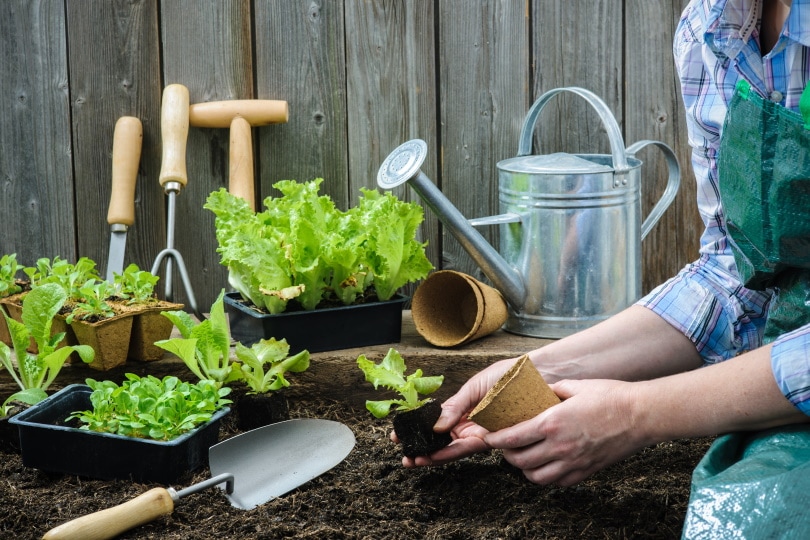
Not everyone has room outside for a garden. Luckily, there are plenty of delicious edible plants that you can grow indoors. From potatoes to microgreens, you can grow a variety of yummy veggies that will help you eat healthy throughout the year.
In this article, we’ll take a look at some of the easiest edible plants you can grow inside your own home. If you plant a few of these plants, you’ll be able to skip quite a few trips to the grocery store.
The 9 Easiest Edible Plants to Grow Indoors
1. Microgreens
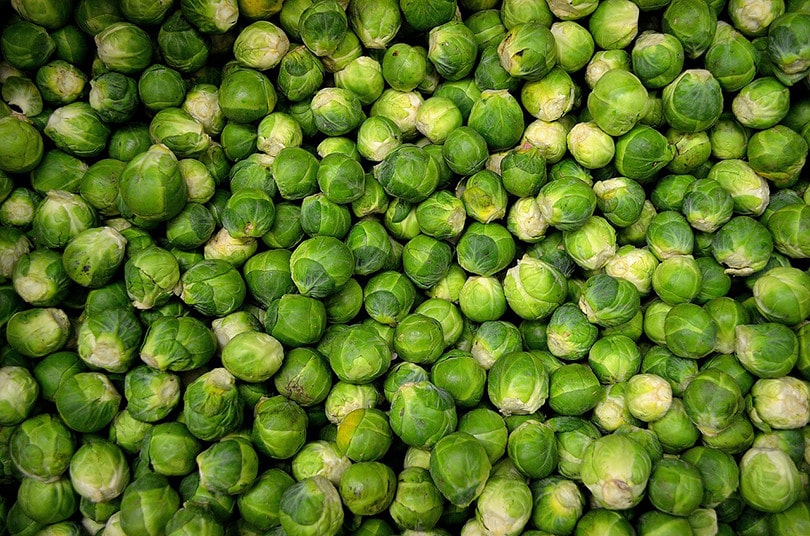
Microgreens are a bit like sprouts, but they have been left to grow just a little bit longer. They have similar benefits, but they are bulkier and more nutritious. There is more to them, in other words.
You can buy microgreen seeds in many different types, including celery, lettuce, and mustard. You don’t need a very big container to grow microgreens, either. In fact, you want one that is shallow and wide. Then, simply sprinkle the seeds over the dirt and press lightly. You’ll want a humid environment, which can often be created by covering the tray with a lid or plastic bag.
As the seeds grow, keep the soil damp. Spritz with a water bottle as needed.
2. Basil

Basil is used in a variety of different dishes and is a relatively easy edible plant to grow inside. You can purchase seeds or a young plant from a grocery store or hardware store. Many grocery stores have small potted basil plants.
If you’re sprouting seeds, you’ll need to place them in a pot of soil and create a damp environment by covering them with a plastic bag. Keep the soil damp while the seeds germinate and after they’ve grown, you can remove the plastic. However, the soil should remain damp at all times to facilitate the best growth.
3. Kale

You either love kale or you hate it. Either way, it is quite easy to grow indoors as long as you have enough sunlight. This plant does need about eight hours of sunlight a day, so it is vital that you have a sunny window.
You’ll need to grow the kale similarly to the other plants we’ve mentioned thus far. Firstly, you’ll want to fill a growing try with seeds and dampen the soil. After the seeds have been planted, create a moisture environment by covering them with a plastic bag.
After the seeds have sprouted, you can replant them and add some fertilizer. As the seeds grow, the soil needs to stay moist. Keep the plants in the sun as much as possible, as kale is extremely sun-loving.
4. Mint
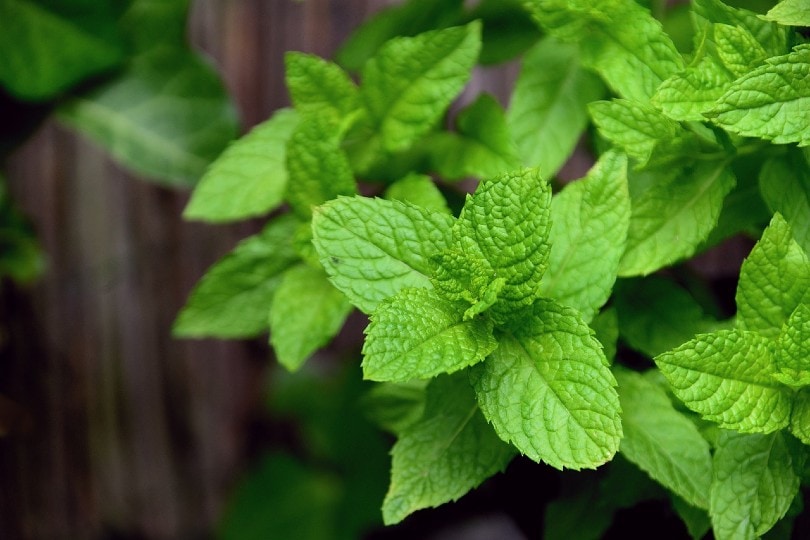
Mint is used in everything from cocktails to culinary dishes. While this plant is easy to keep alive, it is somewhat hard to germinate. Therefore, it is best to start from an established plant. There are several ways you can do this. Firstly, you can trim a sprig from another mint plant and then put it in a jar of water until roots have formed.
After the plant has grown roots, you can put it in a small pot with soil and place it in indirect sunlight. Mint does not need a huge amount of sun, so it does very well in the shadier areas of your home.
Alternatively, you can purchase an established plant from a nearby store. Many grocery stores carry mint plants in small pots.
5. Peas
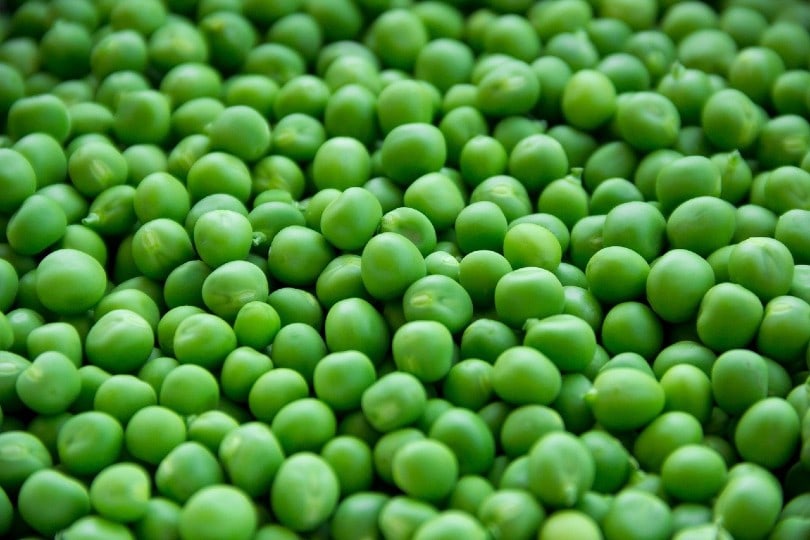
You probably didn’t consider that peas are a good option for an indoor garden, but they are surprisingly easy. You will need a stake or small trellis when the vines start to grow, so they do take up more room than other plants. However, they don’t grow super tall, so you don’t need an extremely tall structure.
You’ll need to place the peas by a window and keep the soil moist—peas do not do well when overheated, so it is vital that you keep them cool. After a couple of months, pea pods will begin to form on the vines. You can pluck them off as you need them when they are ripe.
6. Rosemary
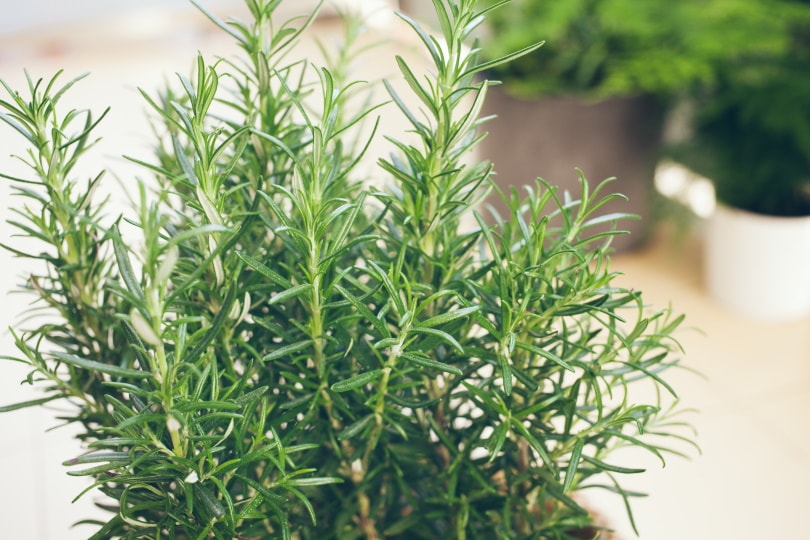
Rosemary takes a long time to germinate. Therefore, it is often best to pick a spring from a friend’s plant or purchase an established plant.
To get a sprig to start growing, you simply place it in a jar of water and wait for it to grow roots. Once roots have emerged, move it into a pot near a window. Unlike most plants, rosemary does not need to be watered excessively. Instead, you only need to water it after the first inch of soil has become dry.
Therefore, this plant is best for those that tend to forget to water them!
7. Carrots

Carrots do not need much space around them, so you can easily grow them in a pot. However, they do need deeper soil than other plants, so you’ll need to choose a tall pot that isn’t very wide.
If you tend to keep your house cool, carrots are a great option as they are a cold-tolerant plant. They do need plenty of sunlight, though, so they need to be placed near a window—you can’t grow them in a basement, even if they would like the temperature down there.
8. Green Onions
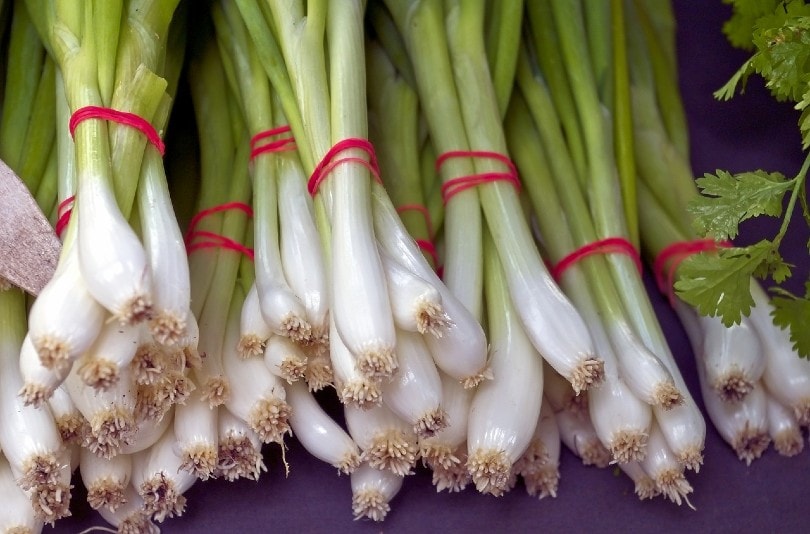
You can easily plant green onions indoors since they don’t require much care. They’re a plant that you can easily plant and then forget about. They do require a bit of water since they have to grow juicy onions. However, they do not require much sunlight.
The easiest way to grow green onions is to replant the ends after you’ve used the tops. Then you can simply clip the tops off any time you need to use them. They will continue to grow back.
9. Potatoes

While potatoes are not typically a plant that you grow indoors, it is absolutely possible. You just need a bit of room and a large pot, since the potatoes themselves take up quite a bit of space.
To plant them, simply leave a potato bought from the store out until it sprouts. Then cut it into chunks and pay them sprout-side-up in a few inches of soil. You’ll need to ensure that the potatoes are always underneath the soil, which means that you may have to continue to cover them as they grow.
Conclusions
There are tons of different plants that you can grow indoors. Our suggestion to you is to choose a plant that you’ll actually use in your day-to-day cooking. Green onions may sound easy to grow, but if you don’t actually use them, they aren’t going to be very helpful.
The first step to choosing plants is to determine what you have to work with. If you have a sunny window, you can plant sun-loving plants. If not, you’ll need to look elsewhere. The directions that your windows face matter, so keep that in mind when choosing a plant, too.
Featured Image Credit: Alexander Raths, Shutterstock
Contents
